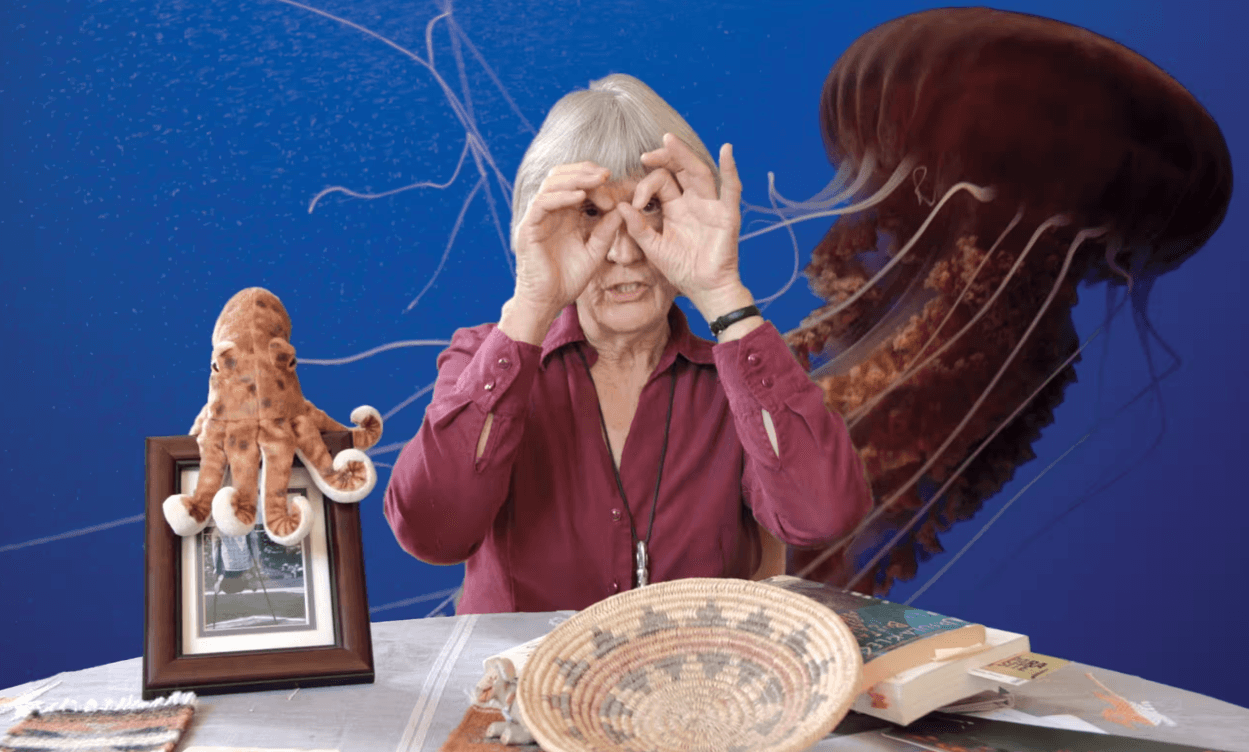The media has reported an increasing number of women in the entertainment industry speaking up against their abusers. While the entertainment industry in India has not seen such a response on a similar scale, we are beginning to discuss sexual harassment and expressing dissent. For a movement to gain momentum, it is important that we as an audience – those who watch the films, listen to the music, appreciate the art – voice our concerns strongly. It is upon us to support those who have had the courage to speak up and to stand with them in solidarity.
The response of the audience is, however, far from unanimous, and unsurprisingly so. Not only does our response depend upon the way we experience the art, the extent of our respect for the artists and the nature of the artists’ misdeeds, but we are also faced with another conundrum – what next? If there are allegations of sexual abuse against an actor, do we still watch their films? Do we continue listening to their music although we vehemently despise them and their actions? Or is our consumption of their art a thing of the past? Do we watch Parks and Recreation for the rest of the cast? Did Pablo Neruda’s rape of a Tamil woman influence his poetry?
It is upon us – the consumers – to support those who have had the courage to speak up and to stand with them in solidarity.
To separate the art from the artist seems to be an exercise that is both futile as well as immensely consequential. We can certainly try to separate the two, and even believe that we are successful. The controversy surrounding Aziz Ansari came to light when I was in the middle of watching Parks and Recreation. I completed the series a couple of months later. I wasn’t too perturbed watching him on screen, but with time it became clear that something was off. That his character was cringeworthy didn’t help.
Separation comes easy if an artist’s work exists in a vacuum. But it doesn’t. Their work is interpreted and reinterpreted multiple times in its various contexts. If we neglect an artist’s role in the very creation and existence of their work, we run the risk of rendering it meaningless. To give the work meaning requires embedding it in the social and cultural contexts. The artist, their disposition as well as their actions are part of these contexts. To attempt to interpret the work in a vacuum devoid of any ethical and contextual considerations makes this practice irrelevant.
The reach and popularity of the work of art has a considerable impact on the influence an artist possesses. Sexual assault often boils down to, or is made possible by, the existence of a power imbalance. Predators use their influence as a tool to inflict harm upon others as well as sidestep any consequences. This very abuse of power should encourage us as an audience to reject any art that continues to contribute to the artist’s celebrity.
Predators use their influence as a tool to inflict harm upon others as well as sidestep any consequences.
In monetary terms, supporting art might involve streaming their music or buying a DVD. Sharing content on social media, and praising their art are some other channels of support that also contribute to the artists’ credibility and popularity. Because art cannot be entirely separated from its creator, we are contributing to the artist’s influence when we support their work in any form. When we support art in this way, we reinforce a culture of neglect and violence. Allowing such a culture to continue to exist might encourage others in the field to perpetrate actions without the fear of facing any consequences.
However, we might think that it is acceptable to consume somebody’s art if they are already suffering punishment or are unable to create more art for whatever reason. The artist is after all in no position to profit from the power or influence that support for their art would bring. It is important to then take a step back and remember that they had inflicted harm upon somebody else. Imagine the plight of survivors who see their abusers receiving accolade after accolade, while their experience of sexual assault is ignored or disbelieved. As responsible consumers, it becomes our duty to recognise these survivors and voice solidarity with them.
We might be concerned that with every other powerful player in the field being outed as a harasser, we are seeing a drain of talent. Acting on this line of argument erases the voices of the survivors. In choosing to consume an abuser’s art, we imply that the survivors’ suffering and dignity are of little importance. Not only do we fail to respect the survivors, but we are also then complicit in perpetrating a culture that discourages them from speaking up. The “loss” of art, in the scheme of things, is a small price to pay if we want to respect and preserve the dignity and safety of survivors. Even then, it is loss of the art produced by sexual harassers. People with power, especially white or upper caste cis-het men, have traditionally dominated the canon of art. Perhaps it is time to shift our gaze to the multitude of artists from historically marginalised communities who have something to say.
In choosing to consume an abuser’s art, we imply that the survivors’ suffering and dignity are of little importance.
Ideally, we could simply boycott everything ever created or contributed to by perpetrators of sexual assault. This is perhaps not immediately possible, considering the multiple people involved in creating something, as well as the nature of the allegations. As consumers of any form of art, we can begin by interpreting and appreciating work judiciously. Rotten Apples is perhaps a good place to start. We owe it to the survivors to be careful and respectful in the choices we make. If not, we continue to make it hard for them as well as create a culture that excuses the actions of sexual perpetrators.
About the author(s)
Aditi is a 20 year old studying political science. She enjoys learning languages, and if given the choice, would do that for a living. Her interests include but are not limited to bedroom pop, intersectional feminism and hummus.





It is unfortunate that the writer cannot tell the difference between a really bad date that and abuse/harassment when it comes to Aziz Ansari. Perhaps it’s because she is 20 and has not dated or met men enough, or really experienced the mutually confusing emotions that take place during first few dates, and life will teach her that relationships and sexual experiences are rife with so many grey areas that she cannot deem as abuse it respect in one black brush stroke . In time dear Aditi, i put this understanding of Ansari bit ( in an otherwise rather good article) to sheer inexperience. It will eventually become clear.